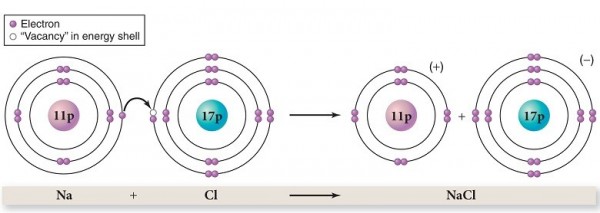Referring to the ionic bond formation between sodium and chlorine, which of the following is not a true statement?

A. Na is the chemical symbol for sodium.
B. Sodium donates an electron.
C. Chlorine donates an electron.
D. Sodium becomes positively charged.
E. The bond that is formed is stronger than a hydrogen bond.
C. Chlorine donates an electron.
You might also like to view...
Streptocoocus pyogens utilizes M protein and ________ to form microfibrils that facilitate attachment to host cells
A) lipoteichoic acid B) mucus C) plaque D) None of the answers are correct.
In relation to malaria and P. falciparum, the human liver and circulatory system (especially red blood cells) are both locations that:
A. have immune system cells that express the PfEMP1 T cell receptors. B. contain P. falciparum during some stage of its life cycle. C. have immune system cells that can effectively keep up with P. falciparum's antigenic variation. D. demonstrate granulomas in response to P. falciparum infection.
Explain what happens when NaCl and other salts build up in soils?
What will be an ideal response?
Both DNA and RNA are made up of building blocks known as
A. genes. B. codons. C. amino acids. D. nucleic acids. E. nucleotides.